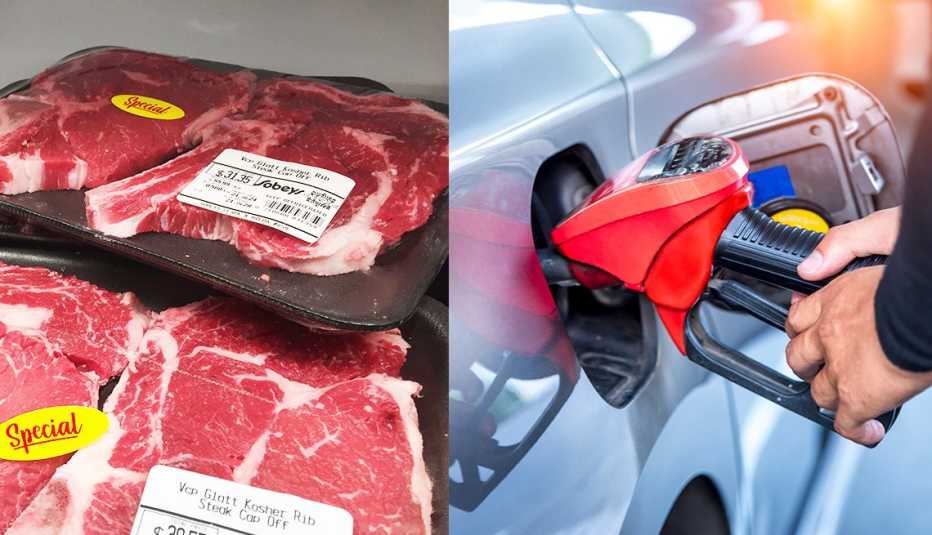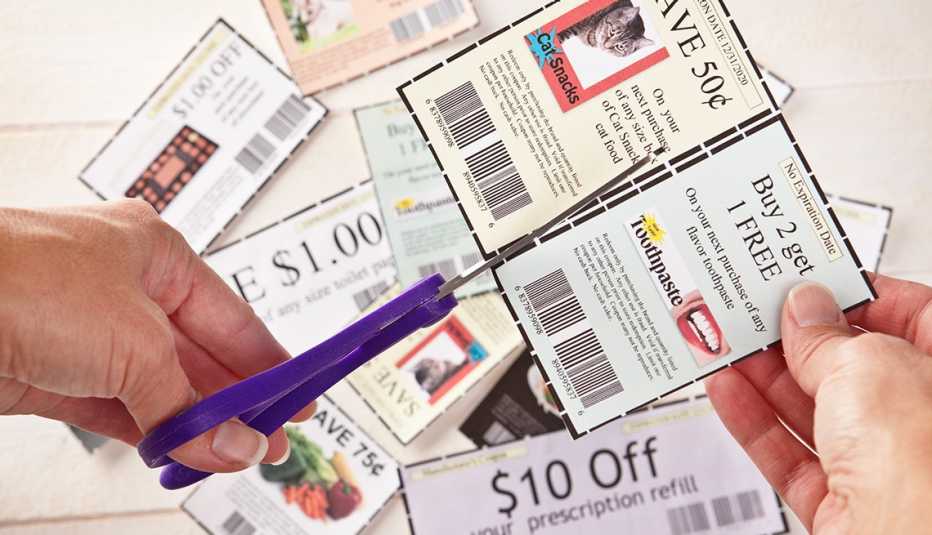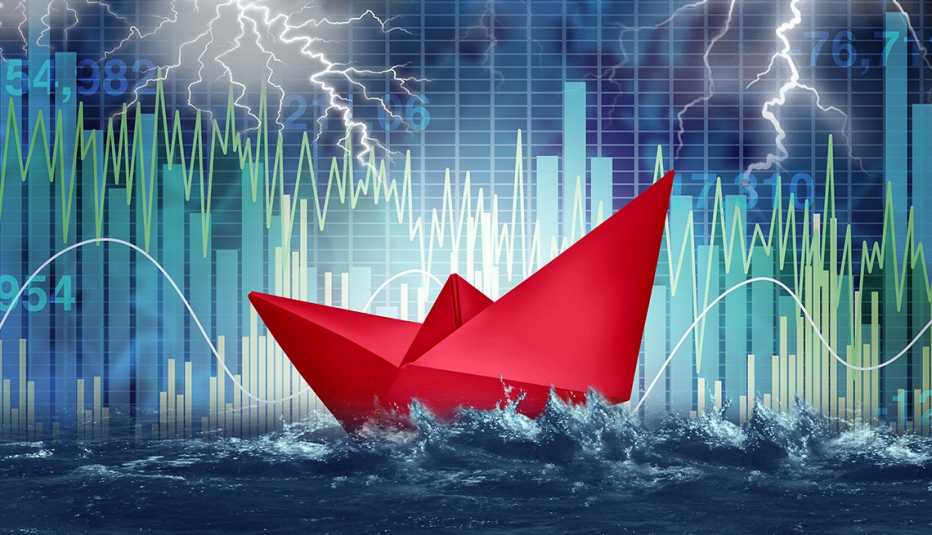Staying Fit
There’s no way to sugarcoat it: Inflation numbers have been lousy the past 12 months. The consumer price index (CPI), the government’s main gauge of inflation, soared 9.1 percent, its biggest year-over-year rise since November 1981. Gasoline prices jumped 59.9 percent since last June, and food rose 10.4 percent.


But there’s a sliver of sunshine in the few items that saw their prices fall in recent weeks. Whether or not these decreases indicate that broader inflation is ending is anyone’s guess. But consumers paid less for these six items of late.


AARP Membership— $12 for your first year when you sign up for Automatic Renewal
Get instant access to members-only products and hundreds of discounts, a free second membership, and a subscription to AARP the Magazine.
1. Gasoline
The average price of a gallon of regular unleaded hit an all-time high of $5.02 in June, and currently sells for $4.28 a gallon, according to AAA.
It’s probably not a bad time to top off your tank. The price of a barrel of crude oil dropped below $100 on July 21 for the first time since earlier this month, but the government’s Energy Information Administration says that stocks of crude oil have fallen by 13.5 million barrels in the past 12 months. That could eventually push prices higher.
The wild card: Russia, the world’s third-largest oil producer, is still facing heavy sanctions because of its invasion of Ukraine. Tom Kloza, an energy analyst for OPIS, says he thinks gas prices could revisit the $5 level before settling back down in the fall. “It will be because of [Russian president Vladimir] Putin and all the different buttons he can push in his desperation to react to the Western sanctions,” Kloza says.
2. Steaks
Beef prices in general rose during the COVID-19 pandemic, thanks to a shortage of both beef processors and employees who work at beef processing plants. In the 12 months ended January 2022, steak prices rose 17.1 percent.





































































